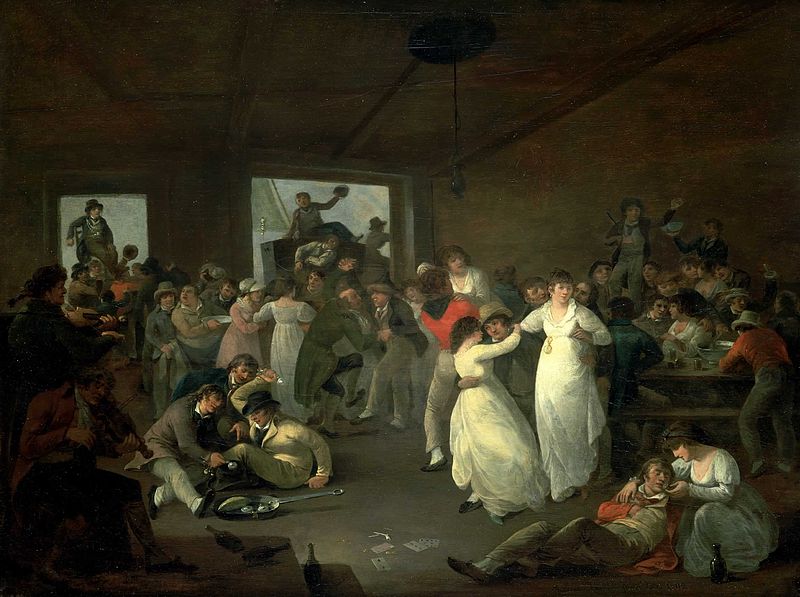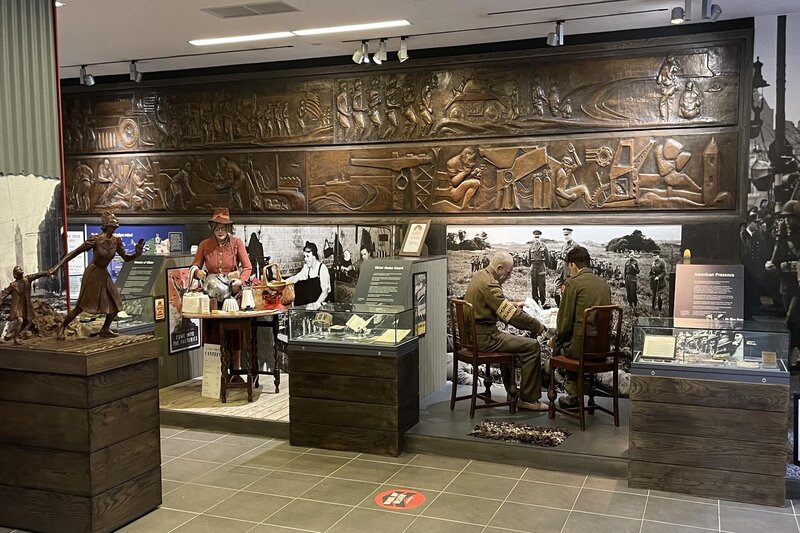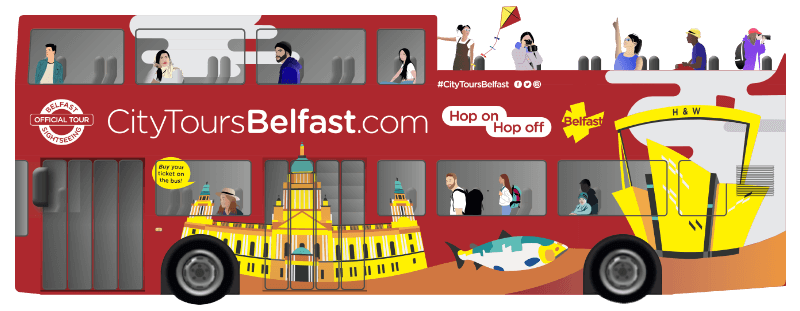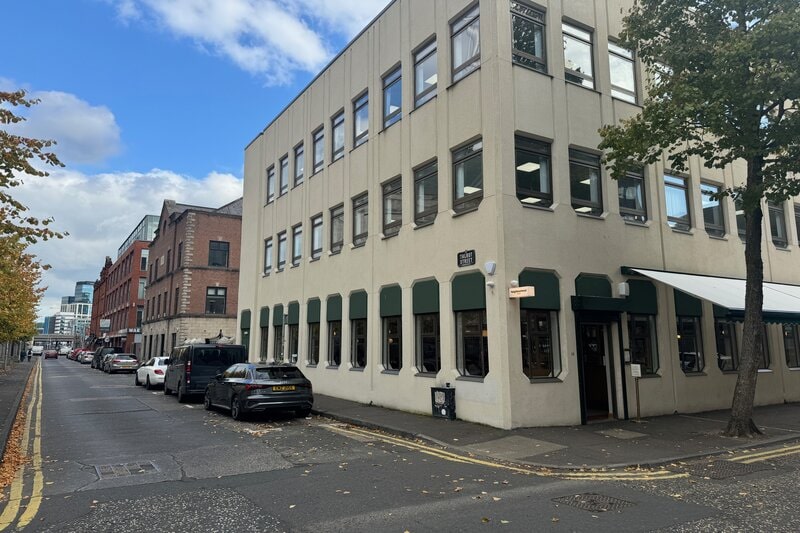Talbot Street Belfast History
Talbot Street was first laid out in the late 18th century as part of the ambitious town-planning scheme of Lord Donegall. The street took its name from Mr. Talbot, Donegall’s agent in Belfast, who was responsible for overseeing aspects of the estate’s development.
Running down the side of St Anne’s Cathedral and linking with Donegall Street, Talbot Street has long been part of the historic heart of Belfast. Locals once called this area the “Half Bap,” a nickname said to derive from the mound of ground that marked the street’s end.
In the early 1800s it was a modest stretch of houses, yards, and small workshops. By 1838, the Irish Harp Society had moved its school to number 16, where, under the guidance of Alexander Jackson, young musicians helped keep alive Ireland’s native harp tradition until the mid-1840s.

As the 19th century advanced, Talbot Street became increasingly associated with Belfast’s working classes, and with that came the challenges of poverty and vice.
By the mid-1800s it had acquired a reputation for what contemporaries called the “social evils” of the time.
In 1853, Reverend William O’Hanlon offered a stark description of the district:
“Spirit stores meet you at every turn, some of them most imposing establishments and all of them driving a brisk and profitable trade in the material of ruin.”
“Let us think of the fatal effects of such a deluge as this through the households of the poor and we shall cease to wonder at the social degradation and vice that prevail.”
His words capture the darker side of Talbot Street’s past, a place where the struggles of industrial Belfast were laid bare.

These days, the street is best known for the Northern Ireland War Memorial, which tells the story of the Belfast Blitz and the role local people played during the war. The War Memorial was once located in Waring Street, but moved in the mid 2000s to talbot street.

Once packed with warehouses & dark history, it has been transformed in recent years, with old textile buildings converted into modern offices, apartments, and restaurants.
The street blends history with a buzzing food scene, making it a great example of Belfast's ability to connect its past with its present.
Discover Belfast With Us
Every street in Belfast tells a story. Step aboard a Belfast open top bus tour and uncover more than 50 plus fascinating landmarks and places of interest.









